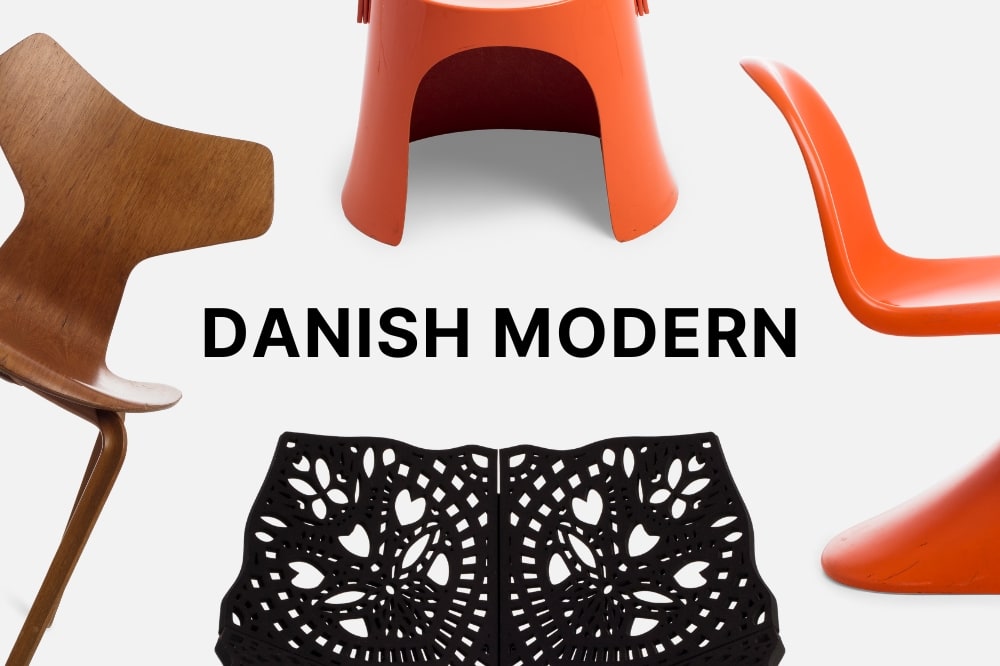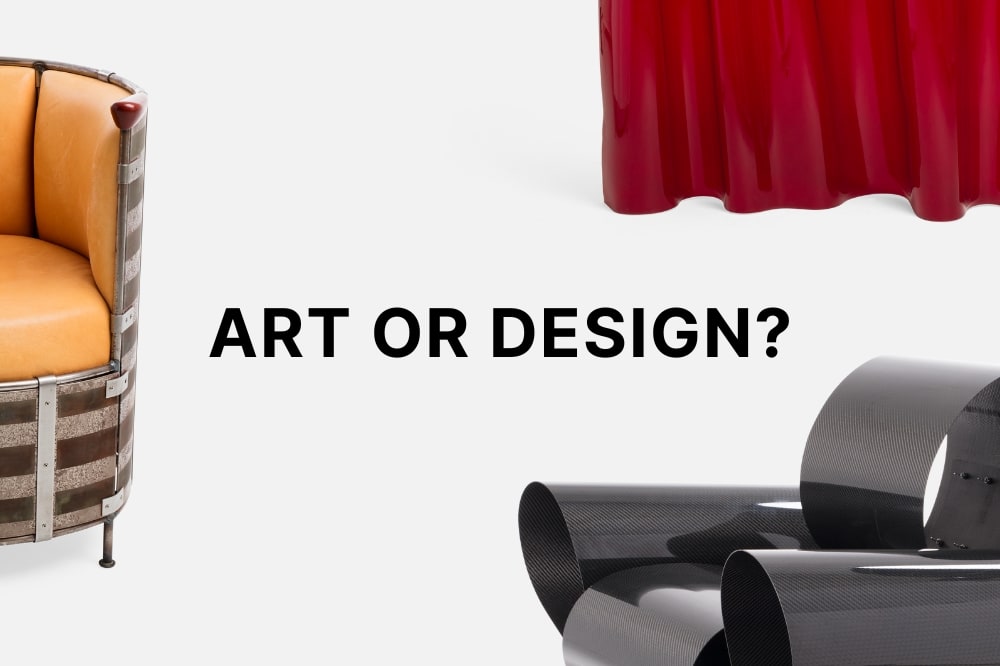
Tacit servants of the furniture world
Tacit servants of the furniture world
While iconic chairs and sofas often take center stage in interior design, it’s the quiet, functional pieces that truly support our daily lives. This article shines a light on these "tacit servants" of the furniture world, such as side tables and trolleys, which bring essential function and flexibility to modern spaces.
When looking at contemporary interiors in glossy magazines, I often get the impression that a private home serves as the stage for remarkable furniture with big gestures. The totally designed and prepared room, with a striking absence of traces of any daily activity, seems fit for beautiful people and cocktail parties. In this setting, a chair appears more like an actor who participates in the performance, which can be said to be people’s lives—or perhaps mirror the lives they wish to live. All these images affect us far more than we will admit. They meet our desire to be included and successful.
Almost every design collection centers around prominent performers, strong characters, and outstanding appearances. The Museum of Furniture Studies' collection is no exception. The chair is generally regarded as the core and dominant object. It is easy to read while visibly revealing trends in aesthetics, functionality, techniques, and, not least, society. But let's forget breathtaking chairs, lounge chairs, and sofas for a moment; focus on the humble servants surrounding us, making our lives less complicated. I'm talking about the tacit functional objects for our daily use, the small furniture pieces you just expect to be there whenever you need them, the side tables and trollies for drop-off and transport!
For a few years in the 1970s, I had the privilege of working at Möbelinstitutet (The Swedish Furniture Research Institute) and its director, the architect Erik Berglund (1921-2008). I held this employment in parallel with my design studies at Konstfack, the Unversity of Arts, Craft, and Design, which clearly gave me different perspectives on art and technology.
The furniture institute's mission was research and development for the furniture industry. We performed testing and developed methods to measure the functionality and quality of individual pieces of furniture as well as curated exhibitions on the topic. The Institute classified furniture into function groups, all with several subgroups underneath. The main groups corresponded to four basic needs in daily life: to SIT, to LIE, to SET, and to STORE.

Trollies belong to the group SET and have always been a high priority for me as a designer. When Kersti Sandin and I founded our design studio in 1978, the first object we designed together was the serving trolley Supporter, a clear and straightforward cart with well-thought-out functionality. It was designed in 1980 aimed for an exhibition celebrating the 50-year anniversary of the groundbreaking 1930s Stockholm Exhibition. Our hommàge to the early modernist designers is clearly visible, but the content was designed to fit the life of the 1980s. We were presented with our first design award for this trolley, which gave us a great start to our coming design careers.

Ten years later, in 1990, we updated the trolley for the Sweden Next Exhibition in Milan. This time, we pursued the pure, simple, but sophisticated expression more clearly. The Natura tea cart, part of a birch and stainless steel furniture series, received a lot of attention when shown at the Milan fair. This attention indirectly led us to, in addition to being designers, also become furniture manufacturers through the foundation of the company Materia two years later.
Personally, I have two favorite tea trolleys from The Museum of Furniture Studies' collection, both of which were designed in the 1930s.

The Model 691 cart, designed by Josef Frank in 1932, is still available at the 100-year celebrating company Svenskt Tenn in Stockholm. This trolley is one of the few steel furniture objects Frank designed. The composition with the seemingly free-floating glass panels reveals a bold construction, which I guess Frank had to struggle to realize.

The Model 900 Tea Trolley was designed by Alvar Aalto for the Finnish Pavilion at the Paris World Exhibition in 1937. The combination of compression-molded birch veneer, cane, and ceramic tiles makes this cart one of the most sophisticated objects in Alvar Aalto’s design.
Article written by Lars Bülow





































































